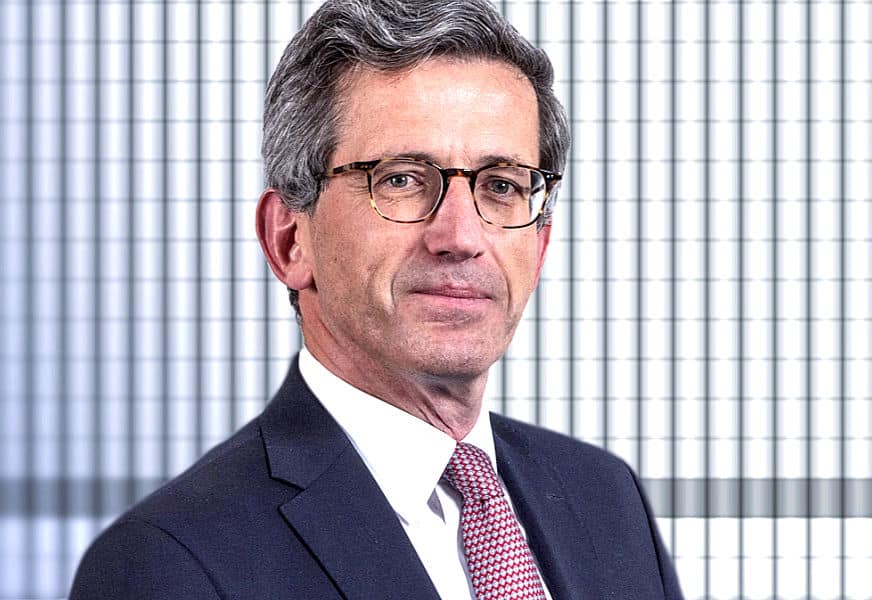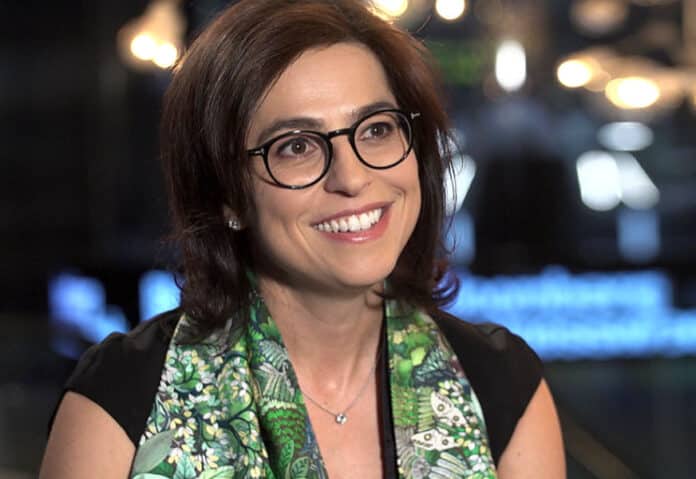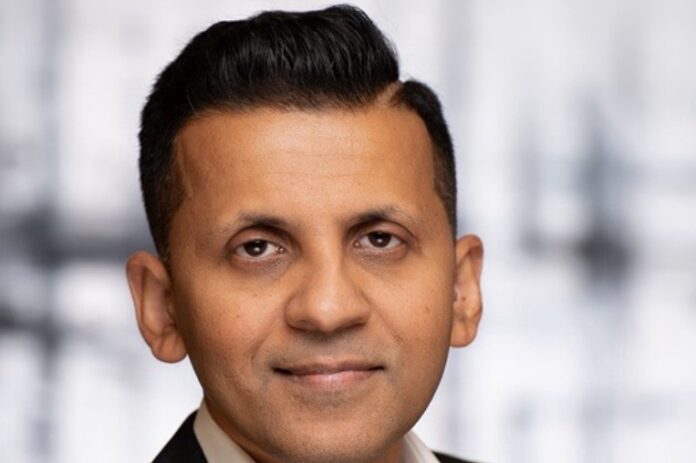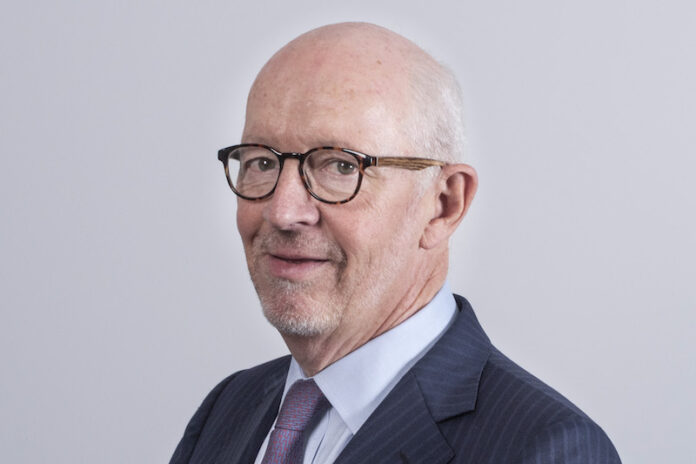The European Fund and Asset Management Association (EFAMA) has voiced its agreement with the FSB following the latter’s consultation report on liquidity preparedness for margin and collateral calls, published in April.
Market participants should be integrating margin and collateral calls into their risk management, governance and operational processes, the association stated, adding that European investment funds have been compliant with a “comprehensive set” of margin and collateral management rules for many years.
READ MORE: Archegos trail ongoing: Chief risk officer instructed to “lie to banks” to boost trading
The FSB raised recent episodes of market stress, including March 2020 and the Archegos collapse in March 2021, as evidence that margin and collateral calls are crucial to financial stability. As such, it proposed eight cross-sectoral policy recommendations to improve liquidity preparedness of non-bank participants for margin and collateral calls in centrally and non-centrally cleared derivatives and securities markets.
READ MORE: FSB sets out NBFI liquidity preparedness proposals
In its response, EFAMA stated that it “believes that the proposed recommendations will strengthen the ability of supervisors to monitor and manage financial stability risks associated with insufficient liquidity preparedness. These recommendations will notably incentivise every market participant materially using derivatives to conduct stress testing exercises and make the results available to their relevant supervisory authority.”
However, it went on to express doubt that the pro-cyclical behaviour of investment funds caused by margin calls will be reduced by these recommendations. European regulation already requires funds to consider such calls in their liquidity management processes, it explained, advising a series of adjustments to the proposals.
In order to preserve existing margin management practices and ensure a level playing field across sectors and jurisdictions, the association advocates for the recommendations to focus first on non-regulated market participants, and for banking institutions such as prime brokers, who operate in a similar way to market participants, to come under their scope.
The association leans away from a one-size-fits-all approach in its suggestions, calling for a lesser extent of compliance for market participants with limited exposure to derivatives and consideration to the fact that certain aspects of the recommendations will not apply to all sectors of the industry.
It also states that “an acknowledgment that these recommendations should apply in principle. No market participant can guarantee it will always be in a position to meet margin calls in a predetermined way, if at all. Market stress can be unpredictable and, despite optimising one entity’s own risk management, it is impossible to know in advance how other market participants will exactly respond to given stressed conditions.”
EFAMA asks for an “explicit recognition” that liquidity buffers should not be the default solution for financial volatility among investment funds, and maintains that the FSB should actively engage with other standards setter bodies, particularly IOSCO, to see that structural reforms are made.
©Markets Media Europe 2024











